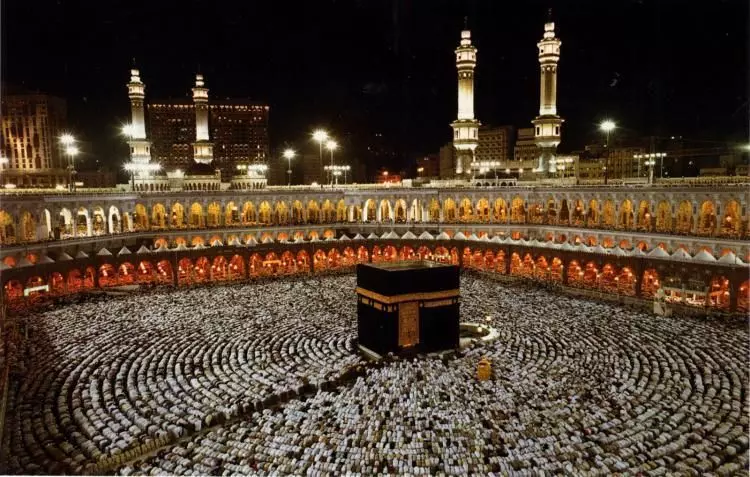
Millions of pilgrims arrive in Makkah as Hajj commences
text_fieldsJeddah: The annual Hajj pilgrimage, the largest gathering in years, began as millions of pilgrims flocked to the Grand Mosque in Makkah.
On Sunday, the pilgrims performed Tawaf Al-Qudum (Tawaf of Arrival), the first circumambulation of the Kaaba that signifies their arrival in the spiritual center of Islam and the focal point of the Hajj pilgrimage.
Following the Tawaf, the pilgrims will proceed to Mina, a vast tent city located approximately 5 km east of Makkah. This will be their base before the climax of the Hajj at Mount Arafat, where the Prophet Muhammad is believed to have delivered his final sermon.
On the eighth day of Dul Hijjah, known as the Day of Tarwiyah, pilgrims journey to Mina and spend the day and night preparing themselves mentally and physically for the profound spiritual experience awaiting them at Mount Arafat.
The pinnacle of the Hajj pilgrimage takes place on the ninth day of Dul Hijjah, as pilgrims gather at Mount Arafat. In this sacred place, they engage in prayers, seeking forgiveness and mercy from Allah. Additionally, they perform afternoon prayers at Namirah Mosque, strengthening their connection with Allah and participating in the collective worship that unites millions of pilgrims worldwide.
During the evening of Dul Hijjah 9, pilgrims embark on a journey to Muzdalifah, a significant location situated between Arafat and Mina. Pilgrims spend the night in Muzdalifah and collect small stones, which hold a special purpose for the upcoming ritual of stoning Satan at the Jamarat pillars in Mina.
After pelting the Jamarat Al-Aqaba with the collected stones, the pilgrims proceed to the Grand Mosque to perform Tawaf Al-Ifadah. This ritual can be conducted between the tenth and twelfth days of Dul Hijjah.
Upon completion of this sacred act, pilgrims are no longer bound by the restrictions of ihram and are free to engage in all permissible activities. However, they must return to Mina to continue with the remaining rituals of Hajj.
During the days of Tashreeq, which fall on the eleventh, twelfth, and thirteenth days of Dul Hijjah, pilgrims remain in Mina and participate in two additional rami rituals. On the afternoon of the eleventh day, they gather 21 pebbles and cast them at the three Jamarat. The stoning begins with Jamarat Al-Ula, followed by Jamarat Al-Wusta, and concludes with Jamarat Al-Aqaba.
Before departing from Makkah, pilgrims must perform the Tawaf Al-Wida, also known as the farewell Tawaf, which holds great significance in the Hajj pilgrimage and is obligatory for all participants.
This year's Hajj is expected to be the largest gathering of pilgrims since 2019, before the COVID-19 pandemic.
According to the General Authority for Statistics, there were a total of 899,353 pilgrims in 2022, consisting of 779,919 individuals from outside Saudi Arabia and 119,434 individuals from within the Kingdom. This remained substantially down on the pre-pandemic figures.
In 2020, only 10,000 individuals were allowed to participate, but the number increased to nearly 59,000 in 2021. However, the Ministry of Hajj and Umrah has announced that this year's Hajj will welcome a staggering 2 million pilgrims, including 200,000 from within the Kingdom, indicating a gradual return to normalcy and the resumption of the Hajj experience for a greater number of individuals.
 Also Read:Wagner Group pulls back and ends rebellion, Russian government tightens security
Also Read:Wagner Group pulls back and ends rebellion, Russian government tightens security

















